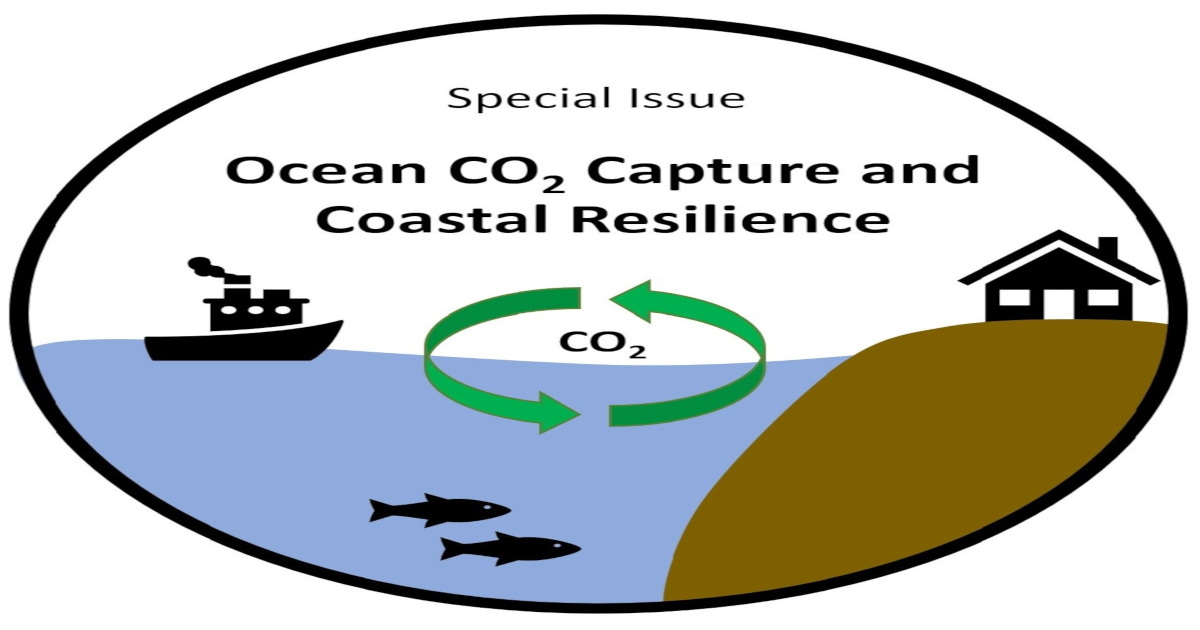Ocean CO2 Capture and Coastal Resilience
A special issue of Journal of Marine Science and Engineering (ISSN 2077-1312). This special issue belongs to the section "Coastal Engineering".
Deadline for manuscript submissions: closed (20 December 2022) | Viewed by 17887

Special Issue Editor
2. Department of Materials Science and Engineering, University of Washington, Seattle, WA 98195, USA
Interests: ocean carbon dioxide removal; coastal resilience; resource recovery from seawater; desalination; energy-water nexus
Special Issue Information
Dear Colleagues,
The objective of this Special Issue is to highlight ocean-based climate mitigation strategies in service of transitioning to a zero-emissions economy. We encourage submissions related to both reducing emissions and to capturing carbon dioxide within the coastal ecosystem. We seek publications focused on technologies and strategies for ocean carbon dioxide capture and storage, sustainable production of marine food products, adoption of offshore renewable energy, and decarbonization of maritime transport and infrastructure. We are also interested in studies focused on mitigating the impacts of ocean acidification on coastal communities and habitats. Submissions may be based on laboratory experiments, field observations, or modelling studies but should highlight the state of the art and include an impact assessment when the proposed methods are implemented at scale.
Dr. Chinmayee SubbanGuest Editor
Manuscript Submission Information
Manuscripts should be submitted online at www.mdpi.com by registering and logging in to this website. Once you are registered, click here to go to the submission form. Manuscripts can be submitted until the deadline. All submissions that pass pre-check are peer-reviewed. Accepted papers will be published continuously in the journal (as soon as accepted) and will be listed together on the special issue website. Research articles, review articles as well as short communications are invited. For planned papers, a title and short abstract (about 250 words) can be sent to the Editorial Office for assessment.
Submitted manuscripts should not have been published previously, nor be under consideration for publication elsewhere (except conference proceedings papers). All manuscripts are thoroughly refereed through a single-blind peer-review process. A guide for authors and other relevant information for submission of manuscripts is available on the Instructions for Authors page. Journal of Marine Science and Engineering is an international peer-reviewed open access semimonthly journal published by MDPI.
Please visit the Instructions for Authors page before submitting a manuscript. The Article Processing Charge (APC) for publication in this open access journal is 2600 CHF (Swiss Francs). Submitted papers should be well formatted and use good English. Authors may use MDPI's English editing service prior to publication or during author revisions.
Keywords
- Ocean carbon dioxide removal
- Low-emission marine food production
- Off-shore renewable energy
- Coastal community resilience
- Ocean acidification impact on coastal habitats
- Maritime decarbonization
Benefits of Publishing in a Special Issue
- Ease of navigation: Grouping papers by topic helps scholars navigate broad scope journals more efficiently.
- Greater discoverability: Special Issues support the reach and impact of scientific research. Articles in Special Issues are more discoverable and cited more frequently.
- Expansion of research network: Special Issues facilitate connections among authors, fostering scientific collaborations.
- External promotion: Articles in Special Issues are often promoted through the journal's social media, increasing their visibility.
- Reprint: MDPI Books provides the opportunity to republish successful Special Issues in book format, both online and in print.
Further information on MDPI's Special Issue policies can be found here.





